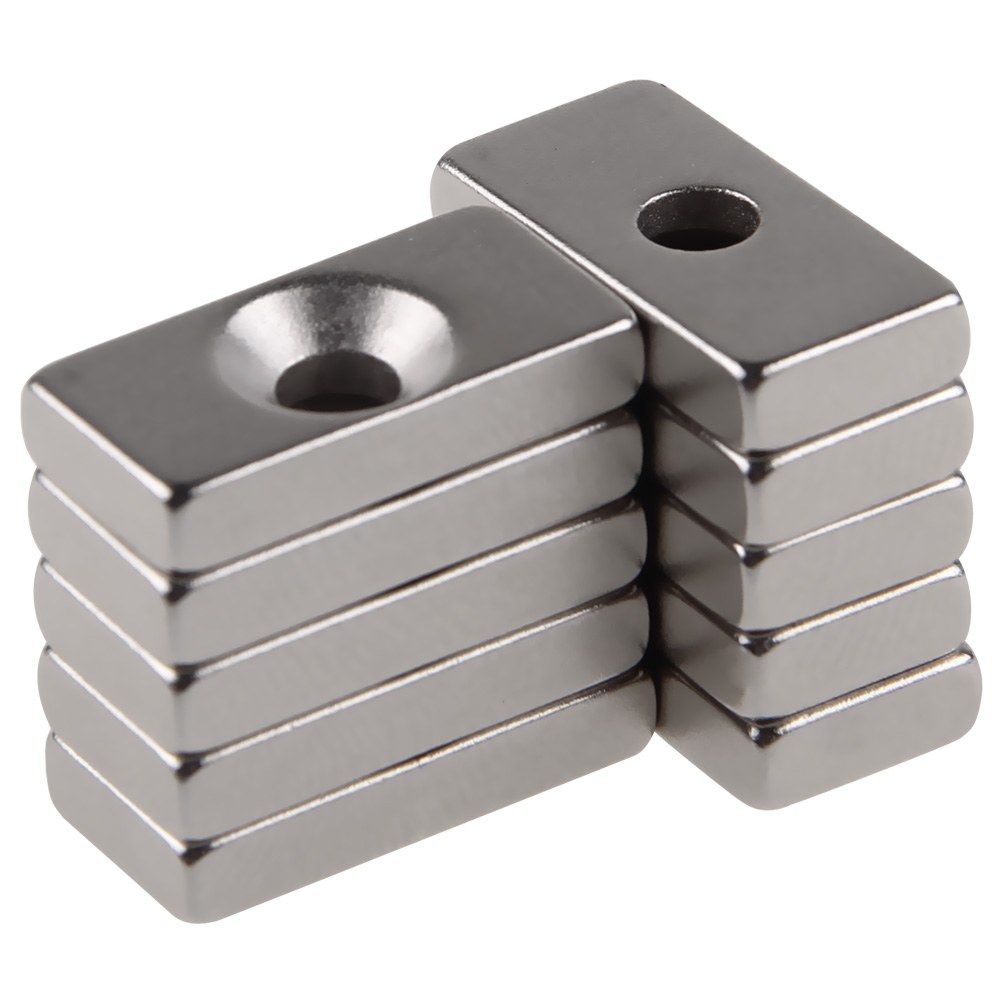Today, there are numerous technologies in the world, which use various industrial magnets as their components for several purposes. Since, these magnets vary in terms of their strengths as well as sizes, it is really important for the users to understand their applications and suitability in different fields. Industrial magnets are found not only in electronic devices, but also in automobiles, drug and food industries, conveyor belts and other factory equipment.

Industrial Magnets
The magnetic strength of industrial magnets is always calculated according to the magnet’s pull force and strength of its magnetic field. In case of electromagnetic products, powerful magnetic pull is created by using electricity. Therefore, electrical flow through the magnets decides the voltage and the strength of the electromagnets.
It is best to choose permanent magnets, because they produce tenacious magnetic fields, which remain in the surroundings, even when there is no inducing field or current. Neodymium magnets are one of these magnets, which are perfect for industrial purposes. The presence of neodymium element in these magnets is responsible for their strong magnetic charges. You should purchase these magnets on the basis of their affordability, magnetic fields and pull forces.
Neodymium Magnets
Neodymium magnets, alias Neo, NdFeB or NIB magnets, are rare-earth permanent magnets created from an alloy made up of iron, neodymium and boron. This alloy depicts the Nd2Fe14B tetragonal crystalline structure, and is responsible for producing the strongest permanent magnets commercially available today.
These magnets are extremely popular amongst industrialists, because of their excellent strength-mass ratio and lesser manufacturing costs.
The Gauss rating of a typical NIB magnet is in between 1000 and 3500 Gauss, determined on the basis of its size. They can operate up to the temperature of 200-230⁰C, while their strength grades range from N24 to N54. Here, N denotes the kind of neodymium magnet used and the number following it shows the product’s magnetic energy in terms of MGOe, i.e., Megagauss-Oersted.
Nowadays, the industry of neodymium magnets is working on the enhancement of the energy produced by these magnets, and to bring it up to 64 MGOe (theoretical value). Professionals are also trying to improve their operating temperature at different strengths. These magnets are capable of supporting masses, which are 1300 times more than their personal mass.
Applications of Neodymium Magnets
- These magnets are used in creating magnetic personal accessories such as jewelry and bracelets.
- They are used in the form of disks to provide spot magnet cures to a body at its acupuncture points as well as trigger points within muscle tissues.
- Larger magnets, especially those of disc and cylindrical shapes, act as compasses because of their ability to strongly respond to the magnetic fields of the earth.
- They are also useful in magnetic therapies such as MRI, treatment of GERD, etc. because of their exceptional magnetic alignment features.
- They are used in headphones, loudspeakers, electric motors, electric generators in wind turbines, locks for doors, magnetic couplings and bearings, hard disk drives, etc.
Lastly, you should ensure that neodymium magnets are used correctly and effectively so that there is no harm or damage to your equipment. If you want to know where to buy neodymium magnets, then you should look for suppliers who provide certified, experienced, professional, quality control and quick delivery services.
